Nepal offers the plenty of opportunities for trekking and walking. Trekking in Nepal is an experience of a lifetime and it is probably the best way to see the real beauty of Nepal and mountains. Trekking in the remote and Offbeat region of Nepal is an amazing experience. It is a real trekking experience.
When we talk about trekking in Nepal, most of the trekkers always consider about the Annapurna and Everest region. Trek to Annapurna base Camp and Everest base camp are the most popular treks in Nepal and they are busy too. But trekking in Nepal is not only about Annapurna and Everest. There are many offbeat non touristy trekking regions and they are amazing.
Here we have the list of the 5 amazing Offbeat treks in Nepal. If you are planning for a real trekking experience in Nepal, this post will be helpful for you.
Some of the beautiful hiking trips near Kathmandu valley are mentioned below.
Trekking Area: Dolpo Region
Trekking Duration: 8-27 days
Max. Elevation: 5350 m
Best Season: Spring/Fall
Grade: Challenging
Trek style: Camping
There is a mysterious Tibetan region in western Nepal. It's called Dolpo. Tibetans live in it trudniacy for centuries by the Himalayan hearse carrying the yaks with salt from Tibet and grain from the south of Nepal. Region was completely inaccessible to foreigners until 1996 and is virtually closed to outsiders today.
Dolpo region is called the last enclave of Tibetan culture, where religion and customs resemble those of Tibet before the Chinese invasion. By 1996, foreigners were banned from traveling to the Upper Dolpo, which helped preserve the cultural uniqueness of the region. To this day, the condition for getting to Upper Dolpo is organized, almost self-sufficient expedition, having a costly permit the Nepalese authorities. Cost to permit the entrance to Upper Dolpo is U.S. $ 500 per person for the first 10 days and a further U.S. $ 50 per person for each additional day.
Dolpo is a region of Tibetan Buddhism, the 700 year old monastery of Shey at the helm. Twice a year, the Pilgrims held a religious pilgrimage "bark" around Crystal Mountain - also known as the younger brother of Mount Kailash in Tibet. Dolpo is also one of the few places in the world where pre-Buddhist Bon shamanic religion is still alive. Region Dolpo was first described in 1961 by David Snelgrove in the book "Himalayan Pilgrimmage". In 1978 he was re-estimated in a book by Peter Matthiessen, "The Snow Leopard" to get publicity recently Eric Vallis film "Himalaya" 1999.
The region is a natural wildlife refuge: the blue sheep, deer, Himalayan foxes, marmots, eagles, vultures, the rarest big cats - snow leopards. Trail from Lower Dolpo, Upper Dolpo through to Jomsom is a part of "The Great Himalaya Trail" (GHT) - routes running through the highest Himalayas of Nepal, from the border with Sikkim in the east to the border with China and India to the west.
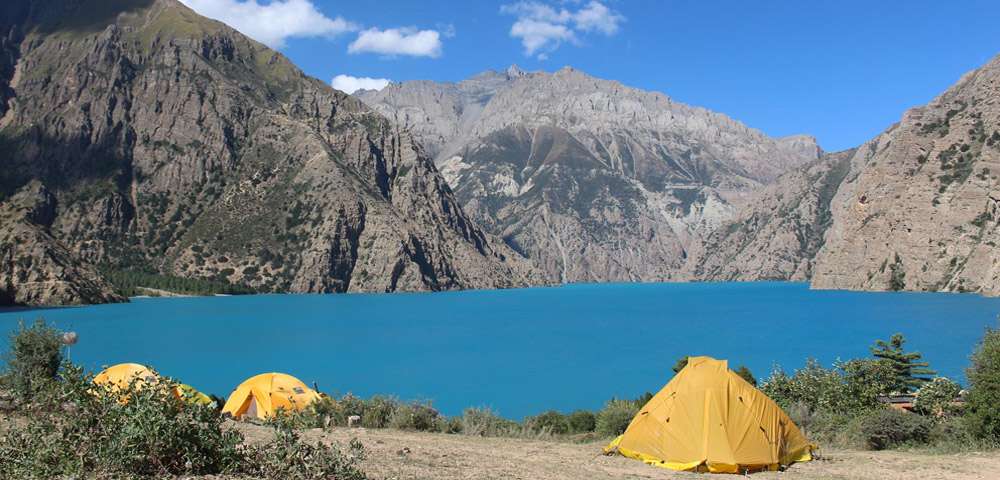
Trekking Area: Annapurna Region
Trekking Duration: 12 days
Max. Elevation: 5240 m
Best Season: All Season
Grade: Moderate to Challenging
Trek style: Tea House/ Camping
Nar Phu valley trek is newly opened trekking rout. It is spectacular regions of ethnic Tibetan people for those of you who think you have traveled all. This is a trek that combines high peaks and passes, glaciers, remote villages, narrow canyons, lovely forests, amazing rock formations, yaks, gompas and unique Himalayan cultures.
Trekking the standard Annapurna circuit, the bridge leading over the river Marshyangdi steep portals of the Nar Phu valley system is easy to miss, but the entrance is narrow, wooded valley opens above the system to a wide range of high snow-peaks, ancient villages and high altitude. Grazing regulations Two long days’ journey from the border of Tibet, this region was first explored by Tillman in 1950. Closed to walkers until the end of 2002, very few westerners have explored these virtually untouched villages or climbed the peaks of 7000m many around him.
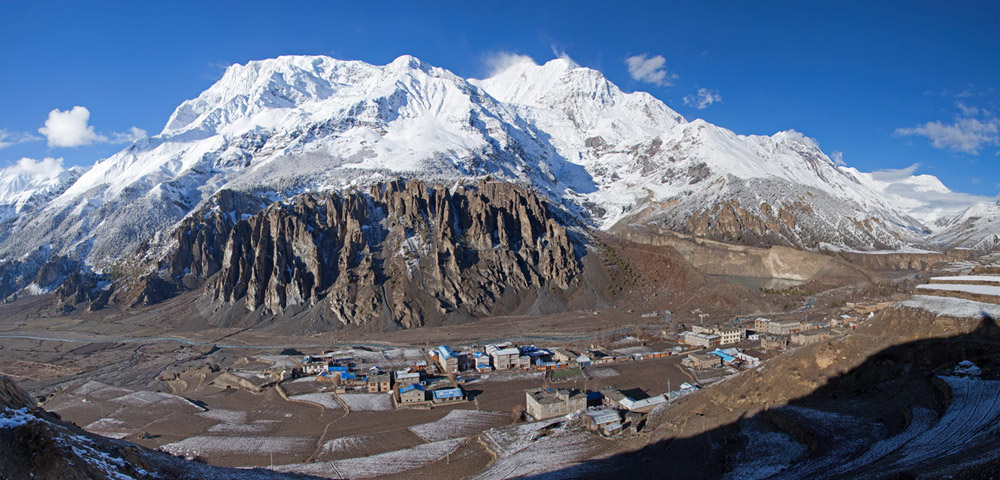
Trekking Area: Eastern Nepal
Max. Elevation: 5143 m
Trekking Duration: 31 days
Best Season: Autumn (Sep-Oct-Nov) & Spring (March-April-May)
Grade: Challenging
Trek style: Tea House/ Camping
Kanchenjunga Base Camp Trek is one of the challenging and most beautiful treks in the eastern part of Nepal. Mt. Kanchenjunga is the second highest mountain peak in Nepal and third the world. Trek to Kanchenjunga Base Camp is probably the best way to discover and experience the best of Kanchenjunga region. Not only this, as the trek to Kanchenjunga Base Camp goes through the beautiful Arun valley, we can also explore the beauty of Arun valley which lies between the world’s highest mountain peaks.
Trek to Kanchenjunga Base Camp is not only about mountain. Trekking trail to Kanchenjunga base camp goes through the Kanchenjunga Conservation Area which is managed by local communities in partnership with WWF. Kanchenjunga conservation area that covers an area of 2035 square kilometers. Pristine forests, alpine meadows and high-altitude wetlands of Kanchenjunga is rich in flora and fauna as well as various wildlife including Himalayan black bear, musk deer, snow leopard, red panda, wild boar and many others. Kanchenjunga is a remote and restricted area so Kanchenjunga Base Camp Trek is a lot quieter than the other famous trekking trails such as trekking in Everest and Annapurna region.
Trek to Kanchenjunga Base Camp is one of the treks with high passes is possible to trek throughout the year but again the season of spring and autumn are the best time for the Kanchenjunga Base Camp trek.
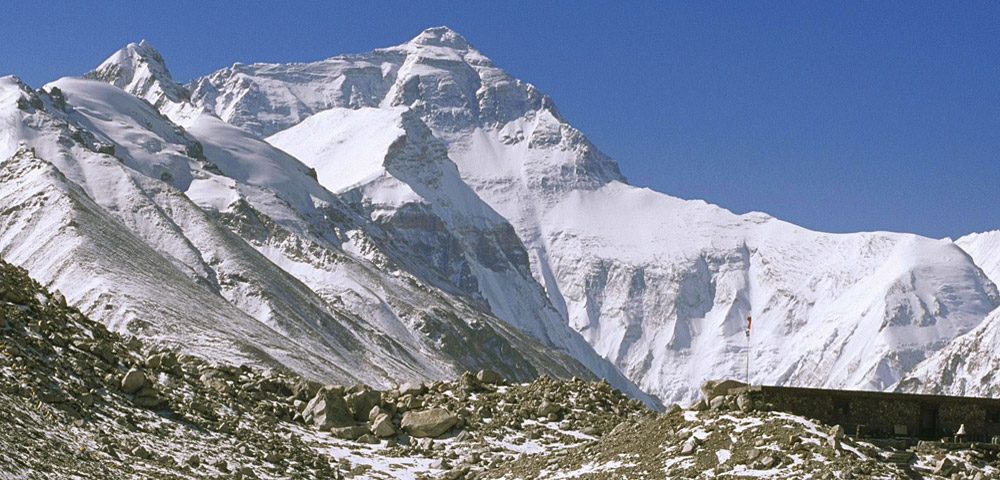
Trekking Area: Eastern Nepal
Max. Elevation: 5310 m
Trekking Duration: 20 days
Best Season: Spring (March-May) and fall (September-November)
Grade: Tea House/ Challenging
This trek to the base camp of the world's fifth highest mountain takes place in the Makalu Barun National Park, a place of outstanding natural beauty, which is recognised internationally for the diversity of its flora and fauna. Due to its relative inaccessibility, it is little-known to tourists and few trekking groups visit. The region was completely closed to the outside world until 1952 when Eric Shipton visited, crossing what became known as the Shipton La (4,220m). A few years later, in 1955, a French team trekked this route to base camp and climbed Makalu via its North West Ridge.
The trek begins in Tumlingtar at an altitude of 400m to reach a high point ten days later of 5,500m below the South East Ridge of Makalu. From a view point above base camp you can enjoy a superb panorama of some of the world's highest mountains, including Everest (8,850m), Lhotse (8,516m), Makalu (8,463m), Chamlang (7,319m) and Baruntse (7,220m). The trekking route is populated by a diverse cross-section of Nepali peoples, many of whom live in isolated villages and rely on subsistence farming for their livelihoods. It is therefore a culturally rich experience and one that would suit those returning to Nepal having completed a previous trek.
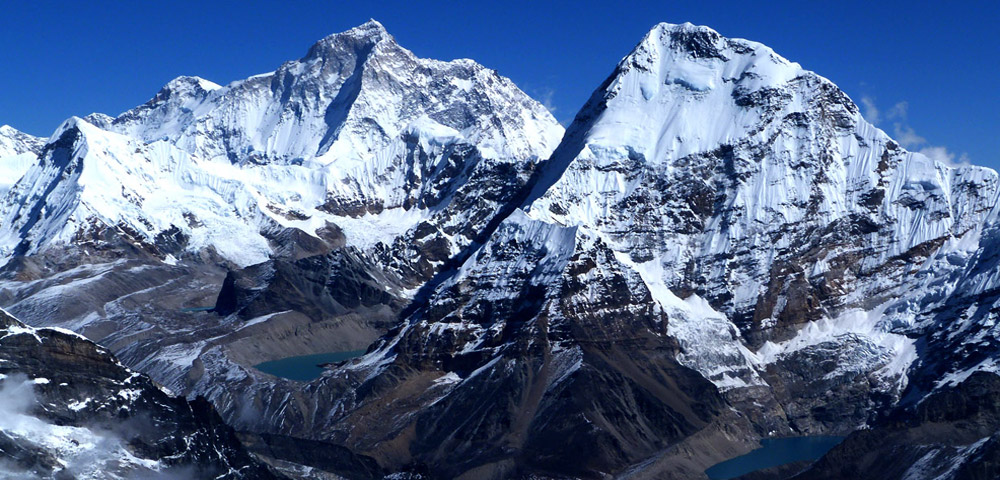
Trekking Area: Dolpo Region
Max. Elevation: 5310 m
Trekking Duration: 20 days
Best Season: Autumn (Sep-Oct-Nov) & Spring (March-April-May)
Grade: Moderate to Challenging
Trek style: Tea House/ Camping
Lower Dolpo Himalayan region lies in the northwest Part of Nepal remains one of the most remote places and is also known for its high mountain Lake Se- Phoksundo. This region is full of Buddhist monasteries and ideal for adventure loving trekkers. It is the habitat of various rare and endangered plant and wildlife species. At the southern end, near Ringmo is a truly impressive waterfall, over 300m high. There are many possible ways of doing the trek of this region varying from 2 weeks to more than a month.
This trek truly provides an opportunity to experience the life in the remote highland. Lying in the western Himalayan region, battered by the high winds, arid and dry landscape, unbearable cold in the winter months and almost cut off from the development of the outside world, this region is a living example of a tough struggle against the harsh force of nature. The trail passes through some high mountain passes and scarcely spread local villages, with beautiful mountains towering above in the background. It combines of nature tour together with insightful cultural experience.T here are opportunities to visit ancient Buddhist and Bon po villages, high passes, beautiful lakes, isolated Buddhist monasteries, to observe the vast array of endangered wildlife, including Blue sheep, Himalayan Tahr and Snow Leopard.The medicinal plant, Yarchagumba (Coerdiopsis sinensis) a type of wild mushroom is found in abundance in this region. Extracts from Yarchagumba is believed to significantly improve health and fitness. As you trek through this mystique land you see people collecting Yarchagumba in the fields and meadows.
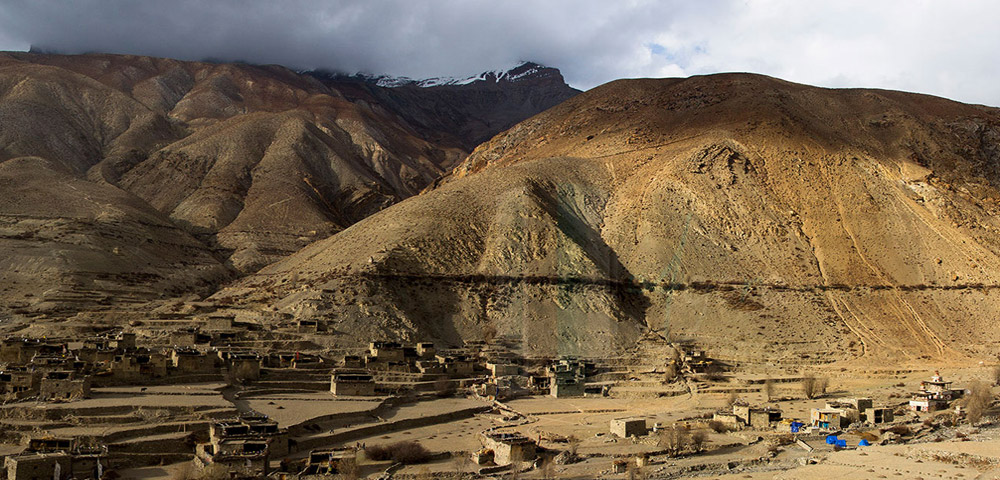
Getaway Nepal Adventure (P.) Ltd
Thamel Kathmandu, Nepal